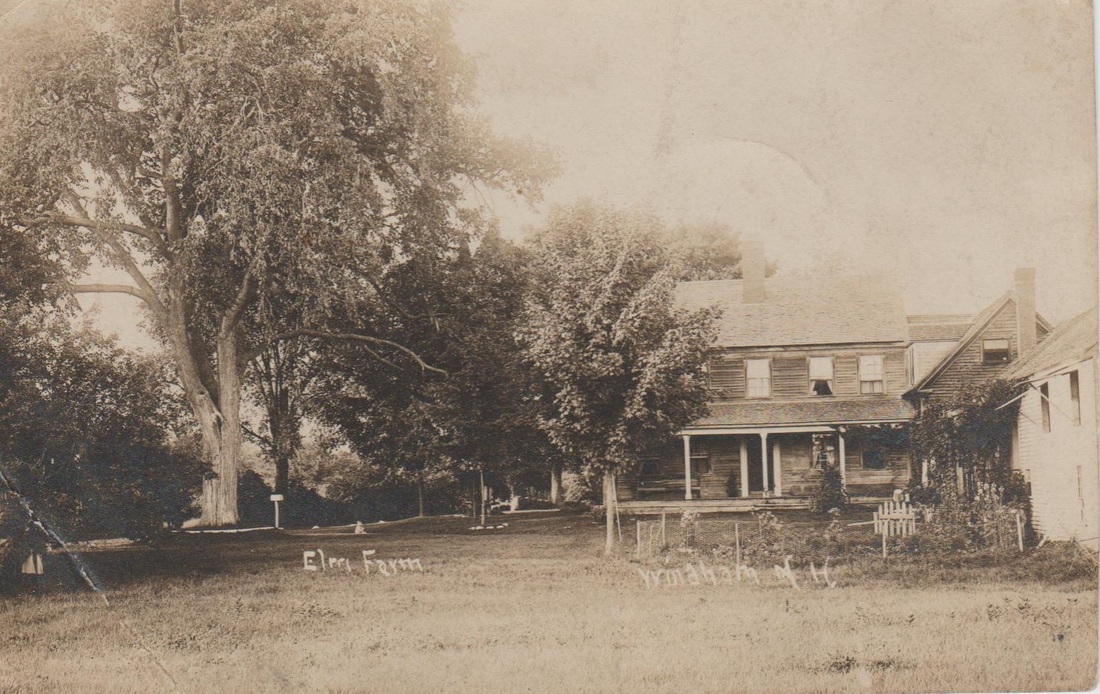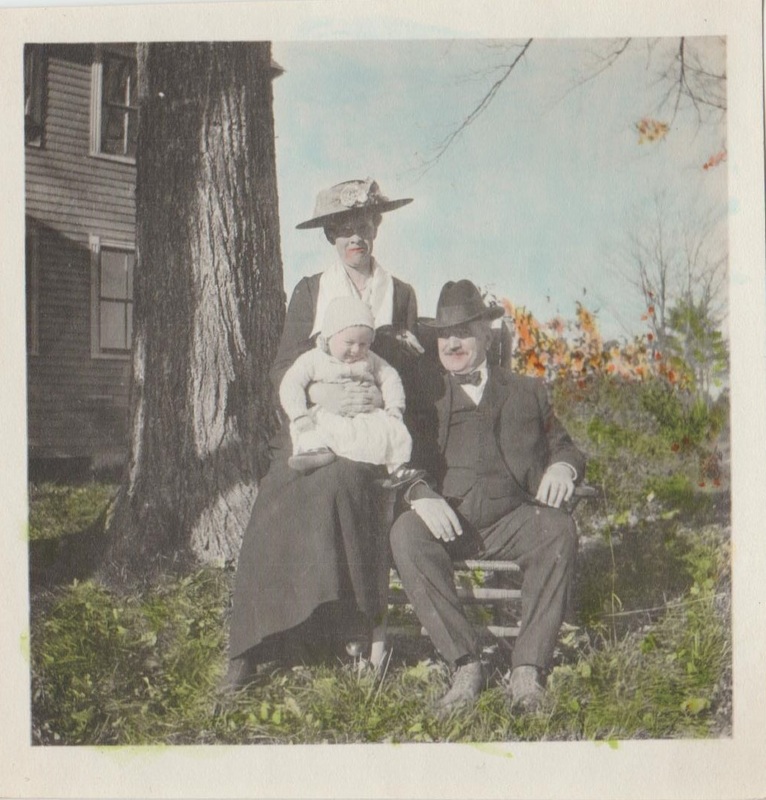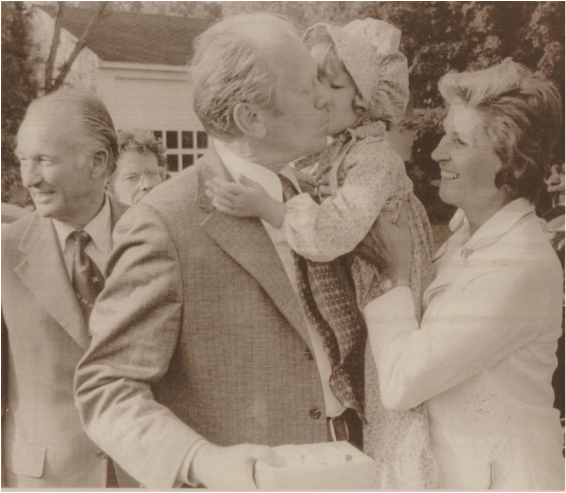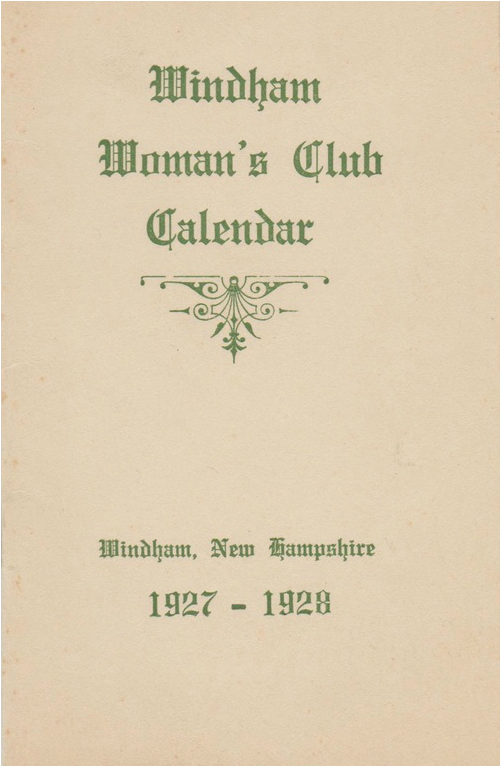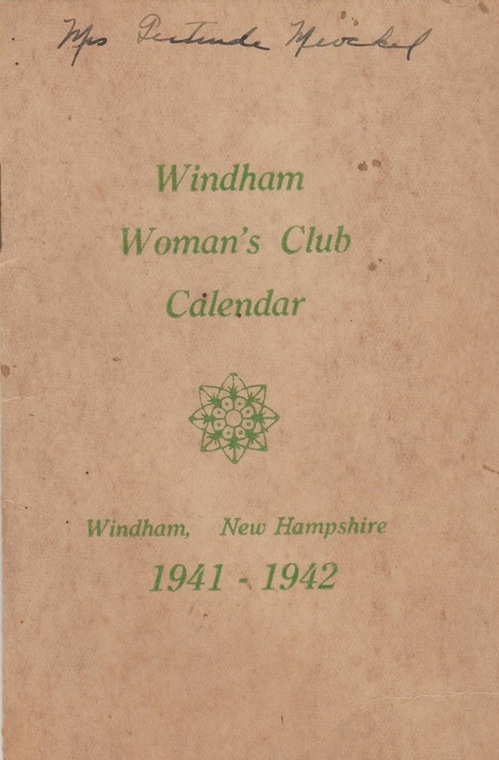|
The match-up between the football teams of Harvard and Yale is one of the greatest rivalries in sports history. The teams faced off for the first time in 1875, with the Harvard Crimson winning over the scoreless Yale Bulldogs. At the time touchdowns were not counted towards the score, a rule that was in place until 1876. For the rest of the 19th century the two teams met on the field almost annually, with only a few exceptions. Although the teams have officially only played each other once a year, on at least one occasion the two teams enjoyed a much more informal game. On Wednesday, August 28, 1901, the Harvard Crimson and Yale Bulldogs played such a game in the hall of Elm Farm in Windham. Although many of the details surrounding the game have likely been lost to history, it can be surmised that players from the two teams were likely boarding at Elm Farm at the time. After spending the summer day at Cobbett's Pond or Canobie Lake, the players could have ended the day with an evening game of football. Without the pressure of referees, cheering and booing crowds, and the media, the players could have played without the high stakes of the official games. It is unknown how the hall was setup for the game, or what improvisations were made for the uprights. As seen in the postcard view above, the building itself is not unusually large, and there is nothing to suggest it was particularly suited for a game of college football. However, when the game concluded Yale was the victor with a 19 to 14 win over Harvard. The two teams engaged in a "peanut contest" after the game, in which Yale was also victorious; the score was 4 to 2. While it is unknown exactly what the contest entailed, literature from the period suggests there were many variations of such contests. One of the most plausible is "peanut pushing". Participants would have used their nose to nudge a peanut a certain distance.
0 Comments
Edwin Johnson Gillette was in Waterbury, CT born to parents Charles W Gillette and Katherine Vaughn Gillette on March 18, 1864. He grew up in Waterbury and studied at the Waterbury English and Classical School. Edwin became interested in pursuing a career in the medical profession and attended Williams College in Williamstown, MA. After graduating in 1888 he attended the University of Pennsylvania in order to further his medical studies. In 1893, two years after he graduated, Edwin moved to Canandaigua, NY. There he became a doctor at Brigham Hall, a psychiatric hospital. After more than a decade of successful practice, Edwin moved to Arizona where he resided for the next several years of his life. Whether Edwin became disenchanted with the warm climate or simply desired to live closer to where he spent the early years of his life is unknown, but sometime around 1920 Edwin moved to West Windham. The Gillette family resided near Beaver Brook and spent many years in Windham. Edwin and his wife, Frances, were well known in West Windham and were active in their community. Frances was a part owner of Union Hall, owning 94 of the original shares issued at $5 per share in 1880; the shares having been purchased from the Anderson family. Edwin was a founding member of the Men's Community Club of West Windham, which was formed in Union Hall in 1920. He served as president of the club that year and it was not difficult to attract members; 50 men paid the $2.00 fee to join the club that year. Meetings were held on the second and fourth Thursdays of each month, with official business being reserved for the second Thursday, and entertainment scheduled for the fourth Thursday. The club was successful for several years but did not meet for 6 years in a row, and eventually closed in 1940. Edwin Gillette passed away sometime in the 1930s. After becoming President in 1974 following Nixon's resignation, Ford was only in office for a year before he was out on the campaign trail looking for support for a 1976 reelection bid. On September 11, 1975 Ford flew from Maryland to Keene, NH on Airforce One, which had been named "Spirit of '76" for the bicentennial celebration that less than a year away. He arrived at 9:27AM and was greeted by New Hampshire state officials as well as newspaper reporters from around the state. After completing his stop in Keene, Ford traveled by motorcade to several other New Hampshire towns, including Nashua and Milford. At 4:20 the presidential motorcade left Hudson and made its way to Windham Center School, arriving at 4:42. The students, as well as many other townspeople, had been gathered outside of the school waiting to greet the President. Before departing just three minutes later, Ford was presented with a set of bicentennial glasses.
The Windham Woman's Club was formed in 1911 by a group of women led by Julia Baker. One year later the club became a member of the Federation of New Hampshire Women's Clubs. When the club was first organized, it served as a social club, and frequently sponsored automobile outings; Baker was one of the first Windham residents to own a car. Other events organized by the group included strawberry festivals, as well as other community events. The members of the club also routinely visited other clubs, and also invited the members of other clubs to visit. As there were relatively few women's clubs in the area at the time, the newly formed organization did not have difficulty finding new members. During the early years of the club, women from Salem even joined as there was no Salem counterpart to the Windham Woman's Club. For the first several years the meetings were held in the homes of members, but eventually the size of the organization outgrew such spaces. The town hall was selected as an ideal place for meetings. The club expanded its community services as decades passed, supporting Girl Scout projects, as well as donating time and money to a dental health program for local schools. Although other similar groups sprung up locally, membership was steady, and there were about 40 members as of 1975.
|
AuthorDerek Saffie is an avid Windham historian who enjoys researching and sharing his collection with all those interested in the history of the New England town. Archives
November 2019
Categories
All
|
